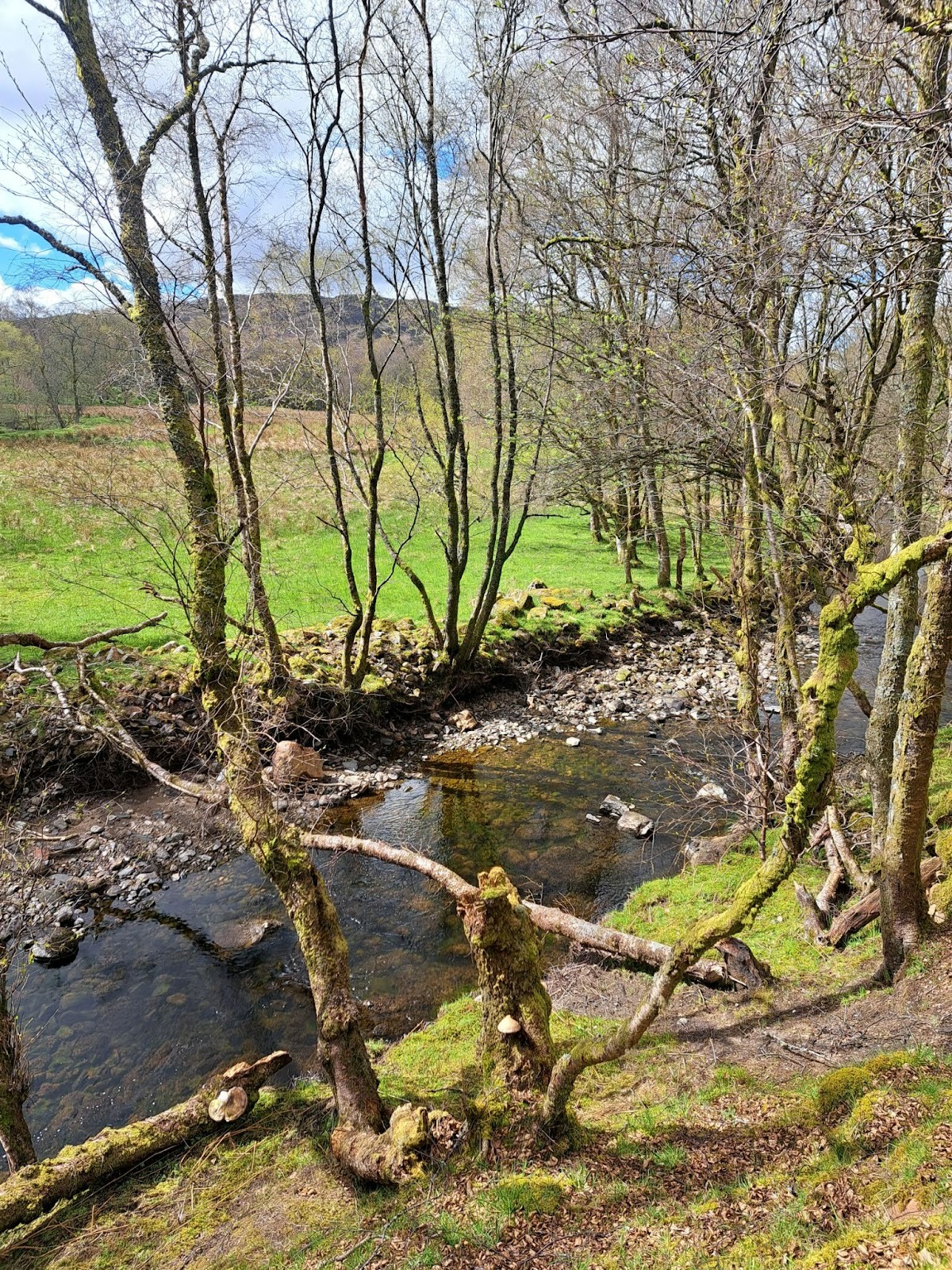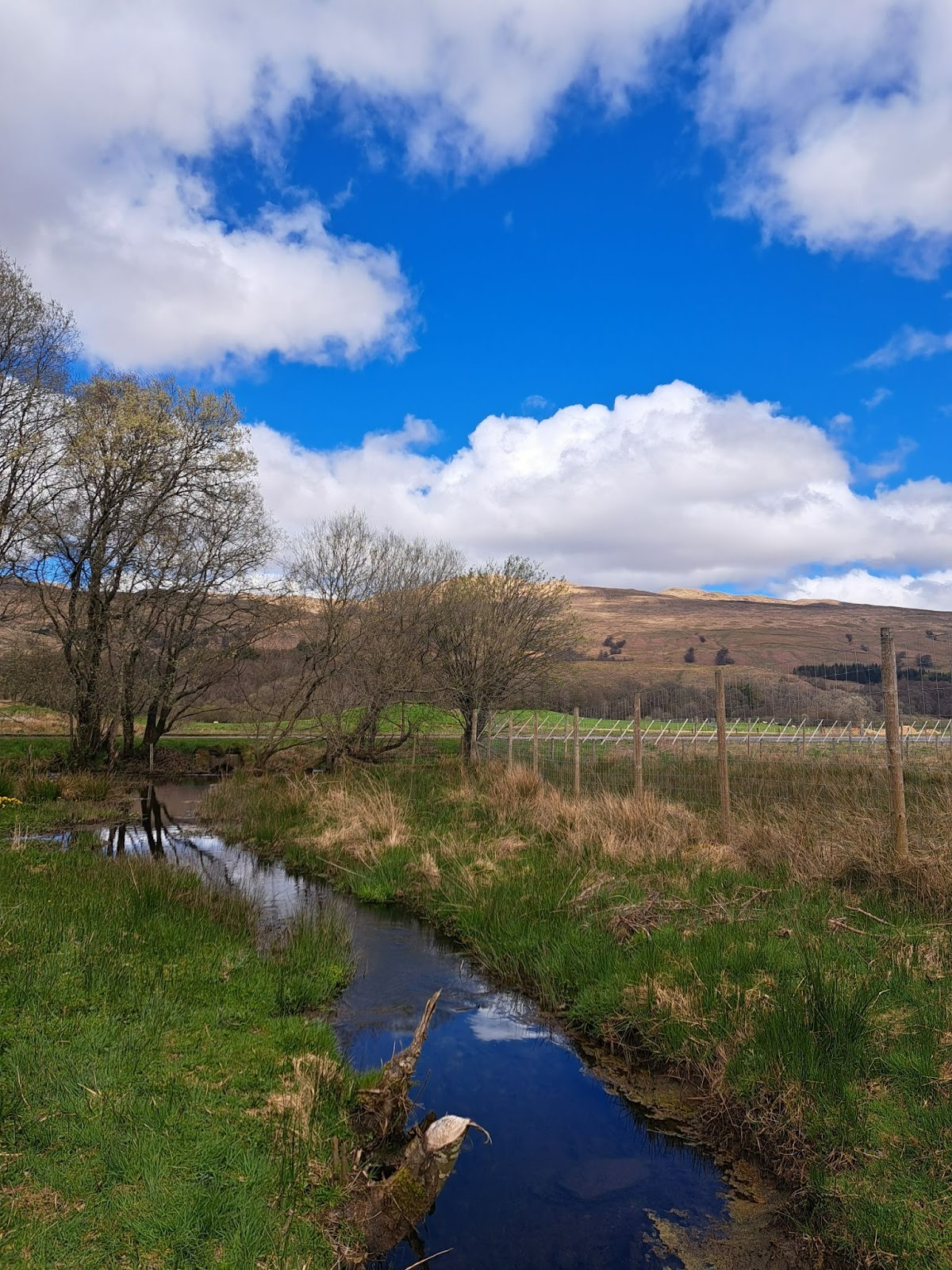The Return of Beavers in the UK: How Their Reintroduction is Transforming Landscapes and Land Management
For the first time in over 400 years, beavers have been legally released into the wild in England (1). This release follows a new licensing framework from Natural England, which now allows applications for the release of wild beavers, provided projects meet the necessary ecological and land management criteria. Once hunted to extinction, these resourceful animals are making a remarkable comeback - reshaping landscapes by restoring wetlands, enhancing biodiversity, and challenging traditional land management practices.
Their reintroduction began with the Scottish Beaver Trial in 2009, culminating in the publication of the Beavers in Scotland report in 2015 (2). The Scottish Government decided to allow the wild populations in Knapdale and Tayside to remain and began the process of recognising beavers as a European Protected Species (3). By November 2021, the Scottish Government actively supported their expansion (4). Now, in early March 2025, England witnessed its first legal release of wild beavers in Dorset's Purbeck Heaths National Nature Reserve (5). The scale of beaver activity in the UK is on the rise. This blog explores the implications of this resurgence and how it feeds into the longstanding beaver debate.
The Benefits of Beavers for the Landscape
Beavers are often celebrated as "nature's engineers" for their remarkable ability to transform landscapes. By building dams and lodges, they create wetlands that benefit entire ecosystems. Their activities aid in natural flood mitigation by slowing down water flow and storing water during dry periods. This not only reduces the risk of floods downstream but also supports a diversity of plant and animal species. The creation of new wetland areas can boost biodiversity, offering habitats for fish, amphibians, birds, and insects.
Challenges for Land Managers
However, the return of beavers is not without its challenges, especially for land managers. The very behaviours that make beavers beneficial to ecosystems can also lead to conflicts with human activities. For example, their dam-building can lead to flooding of farmland, forests, and infrastructure. Managing these conflicts requires careful planning and, in some cases, active intervention, such as installing flow devices, commonly known as ‘beaver deceivers,’ or relocating beavers.
Beavers use trees for food and building materials and can easily fell them. Beavers typically prefer tree species such as willow, birch, aspen, and alder - species that thrive in riparian areas. This activity can stimulate new growth and coppicing, leading to a richer, more resilient landscape. However, it requires a balance between conservation goals and land management needs.
Many questions remain about the long-term impact of beaver populations as their numbers grow. For example, how far from riverbanks will their influence extend? Will this depend on tree species available close to the river bank, the number of beavers in an area, or local geography? Additionally, further answers to questions are awaited to understand how beaver activity may affect forestry grants and Woodland Carbon Code (WCC) projects.
Some stakeholders will experience the impact of beaver reintroduction more significantly than others, particularly those with financial or operational interests in riparian areas. Beavers can dramatically alter riverbanks, potentially leading to soil erosion and changes in water drainage; key concerns for arable farmers.
Insights from Land Managers
In 2024, Daniela Smith (Project Manager) attended an event hosted by Scottish Land and Estates focused on managing beavers in landscapes. The event took place at Auchlyne & Suie Estate, which has experienced beaver activity since 2015. Over the years, the estate observed how beaver activity shaped the landscape and influenced land management practices. With specialist advice and support from NatureScot, the estate implemented practical strategies to coexist with beavers while protecting their land interests. The key takeaway was that beavers are likely to become a permanent feature of the UK’s landscape. Managing their presence requires balancing conservation benefits with the needs of land managers. It was also encouraging to learn about the support available from organisations like NatureScot to assist land managers through these changes.
The Debate Over Beavers
The reintroduction of beavers in the UK is a topic of ongoing discussion. While they enhance biodiversity and provide natural flood management, concerns about agricultural damage and land use conflicts persist. The debate touches on broader issues of wildlife management, conservation priorities, and land use. Recent government approvals and reintroductions signal a shift towards accepting beavers as a key part of the UK’s ecosystems, though concerns about agricultural impacts remain.
The return of beavers to the UK presents both opportunities and challenges. Their ability to transform and enrich ecosystems is undeniable, yet their presence requires thoughtful management to mitigate conflicts with land use. Engaging with stakeholders, sharing knowledge, and developing adaptive strategies will be crucial in ensuring that the reintroduction of beavers benefits both nature and land managers. Beaver populations have been increasing in various regions worldwide, providing valuable lessons on their management. By studying their impact in other countries, the UK can better prepare for their growing presence and facilitate a smoother transition.
Whether you have strong opinions on the reintroduction of beavers or not, one thing is certain - they’re back. The key now is finding ways to manage their presence effectively and it is likely that this is something which will develop over time as new situations are faced. At Forest Carbon, we help landowners navigate the balance between conservation and productive land use. If you're interested in how woodland creation or habitat restoration can work alongside beavers, get in touch with us today.



Images of beaver impacts at Auchlyne & Suie Estate
Sources
1. Beaver history in Britain and Europe, Beaver Trust
2. Beavers in Scotland Report, NatureScot
3. Beaver welfare: Scottish Animal Welfare Commission report, Scottish Government
4. Scotland’s Beaver Strategy 2022-2045, NatureScot
5. Beaver wild release: a milestone for nature recovery in England, Natural England
6. NEER153 Edition 1 Beaver Evidence Review - Full Report, Natural England
7. NatureScot Research Report 1368 - How to create woodlands that are resilient in the presence of beavers, Nature Scot
8. Officials give the nod for beavers to make a comeback in England, The Times
9. What’s so special about beavers? Rewilding Britain
10. Five-year beaver reintroduction trial successfully completed, Gov.uk
11. Rejecting extinction: beaver reintroduction offers major benefits to Scotland, Trees for Life
12. Wild beaver release approved for England, BBC
13. Beavers in Scotland, NatureScot
/public/67e/569/9f4/67e5699f42331705368466.jpg)
/public/679/c84/bcf/679c84bcf3224958888954.jpg)
/public/678/918/fd1/678918fd11411329806741.jpg)